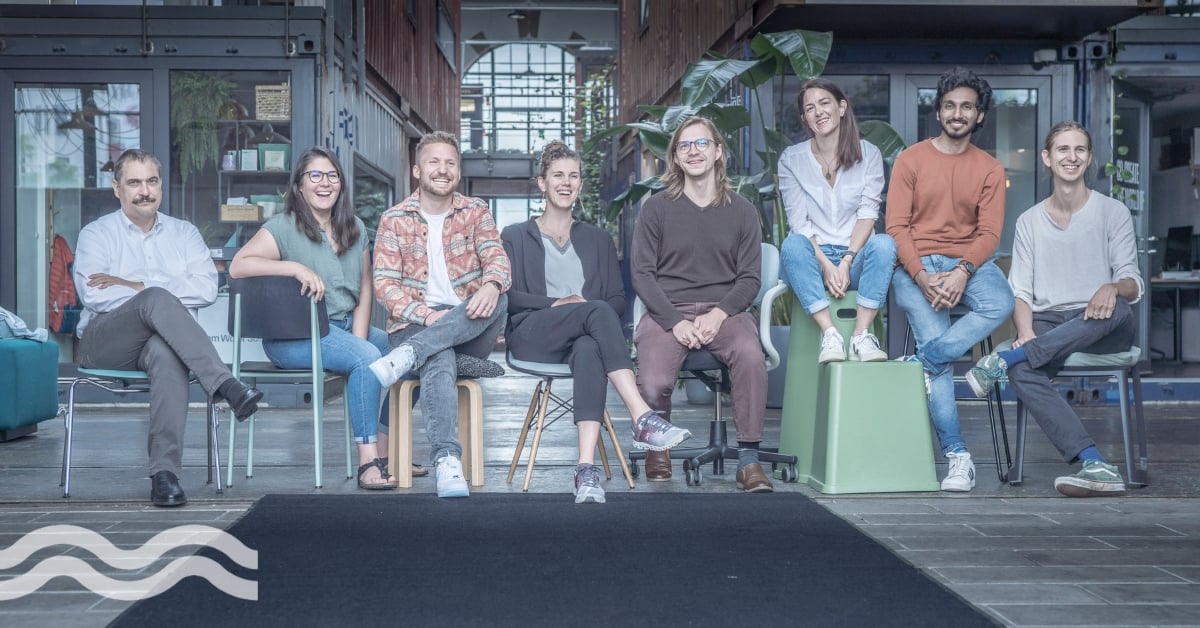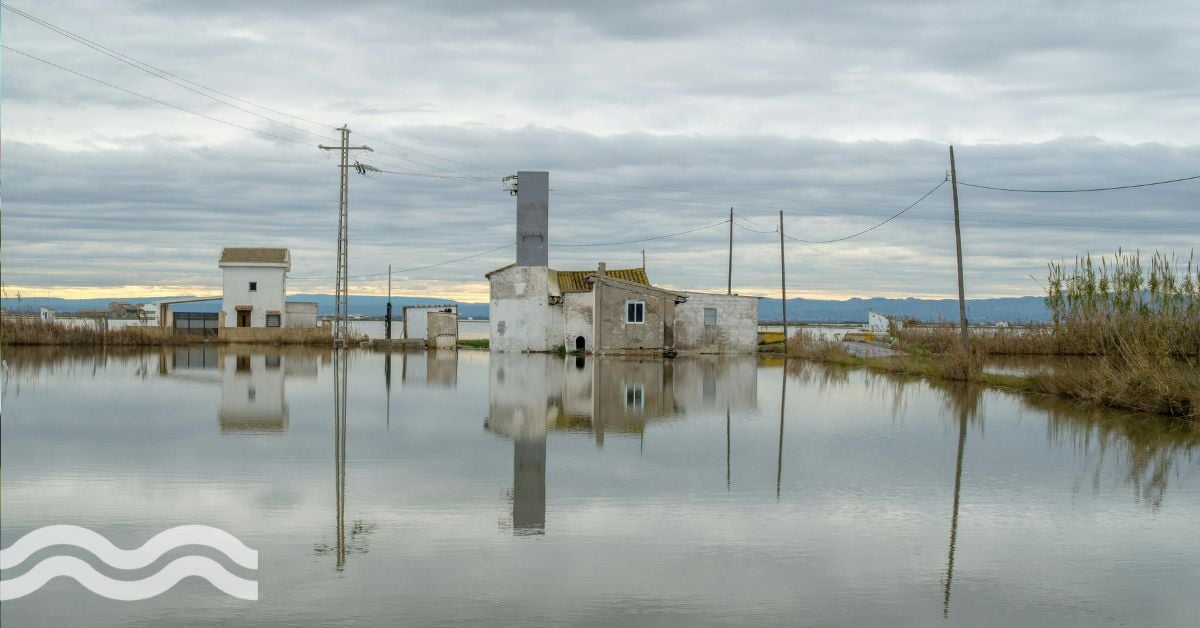Reviving the Seine: Paris' clean-up efforts for the 2024 Olympics

Paris, the ‘City of Love’, with the Seine River flowing through it, is known for its romantic ambiance. However, the river's beauty hides a troubling reality of pollution tainting its waters. In a remarkable effort, the city is now working to clean up the Seine before hosting the 2024 Summer Olympics.
A unique proposal
Paris's winning bid for the 2024 Olympics presented a daring vision to not only host events on the Seine but also in it. To make the vision a reality, the city initiated what is known as the Swimming Plan, an ambitious engineering project that involves constructing thousands of underground pipes, tanks, and pumps to prevent damaging bacteria from entering the Seine, especially during storms.
Work has been underway on the €1.4 billion clean-up of the river with the goal of having it ready in time for the Paris 2024 Olympic and Paralympic Games next year.
The Seine is due to play a central role in the Games: welcoming at least 140 boats carrying around 10,000 athletes for the Olympic Opening Ceremony. It is also set to serve in triathlon, marathon swimming, and Para triathlon events.
The river’s turbulent past
With a few exceptions, swimming in the Seine has been off limits since 1923. As a result, the Olympic bid was met with some skepticism. In the early 20th century, the Seine was a popular swimming destination, with seven swimming events held during the 1900 Paris Olympics. However, as pollution and industrial waste contaminated the river, swimming was banned in 1923 and decades passed without any concrete plan to restore the Seine's water quality.
To ensure its suitability for 2024, teams have been regularly testing the Seine's water quality since 2020. This process involves checking water samples for the presence of indicator bacteria, like E. coli and intestinal enterococci. These bacteria are used as indicators of water pollution and can help assess water quality. While about half of the samples met the European bathing directive standards last summer, this was over a long stretch of the river and its tributary. Specific tests conducted over the planned Olympic events' course showed promising results, with 90 per cent of the samples rated as "fair" by Olympic committee standards.
Engineering marvels
The Swimming Plan involves significant engineering projects to address both stormwater and sewage issues. One of the central elements of the plan is the construction of underground storage tanks to handle stormwater. Paris's antiquated sewer system is overwhelmed during heavy rainstorms, leading to the release of untreated sewage and rainwater into the Seine.
To address this issue, huge underground storage tanks are being built to hold excess water during storms and gradually release it back into the sewer system after the rain subsides. This helps prevent sewage overflow and its direct entry into the river.
The plan also involves upgrading existing sewage treatment plants to enhance their capacity and efficiency. For example, the Seine-Valenton plant, which handles wastewater from around 2.5 million people, will incorporate special treatments like performic acid to significantly reduce harmful fecal bacteria levels in its discharge.
Persuading homeowners to reconnect sewage
Teams are going door-to-door in suburban areas of Paris, urging homeowners to reconnect their sewage pipes properly to the sewer system. Many homes were found to be misconnected, sending their wastewater directly into the Seine or its tributaries. By fixing these connections, sewage pollution can be significantly reduced.
Even boats moored along the Seine are part of the city's cleanup plan. Half of the river’s 170 boats were required to install sewage connections and pumps, yet many remain unconnected. While some boat owners argue the cost is too high, city officials stress the importance of collective efforts to improve water quality.
The Olympic legacy
The success of the Seine's water treatment plan relies on a coordinated effort involving more than two dozen government bodies, water and sanitation agencies, river and port authorities, and other relevant stakeholders. This collaborative approach ensures that different aspects of the plan are well-coordinated and implemented effectively.
Beyond the Olympics, Paris's mayor, Anne Hidalgo, envisions creating 20 swimming areas along the Seine and its tributaries by the summer of 2025, providing locals with unprecedented access to the river.
What can other cities learn from this?
In recent years, a number of cities, including Berlin, Budapest, Copenhagen and Zurich have opened urban swimming. There are also efforts under way to make swimming possible in Berlin’s Spree River and Amsterdam’s canals, with frequent meetings among cities to discuss what is required. Yet making the Seine swimmable could mean Paris becoming the world’s first giant urban area to have inner-city bathing.
Cities can learn valuable lessons from examples of those introducing inner-city bathing in rivers. Revitalizing urban spaces, enhancing the quality of life, embracing sustainable planning, promoting environmental conservation, boosting tourism and the local economy, collaborating with stakeholders, prioritizing water quality, creating multifunctional spaces, addressing seasonal variability, and embracing innovation and creativity are crucial takeaways.
By integrating these principles, cities can create vibrant, sustainable, and enjoyable urban spaces, providing safe and accessible opportunities for inner-city river bathing, benefiting both residents and visitors.
Swimming in the Seine is an ambitious goal. While progress has been made, challenges remain, particularly during heavy and continuous rainfall. The city acknowledges that there are no guarantees of achieving a 100 per cent clean river, but they are determined to do everything possible to make the Seine suitable for swimming during the Olympic Games and beyond.


